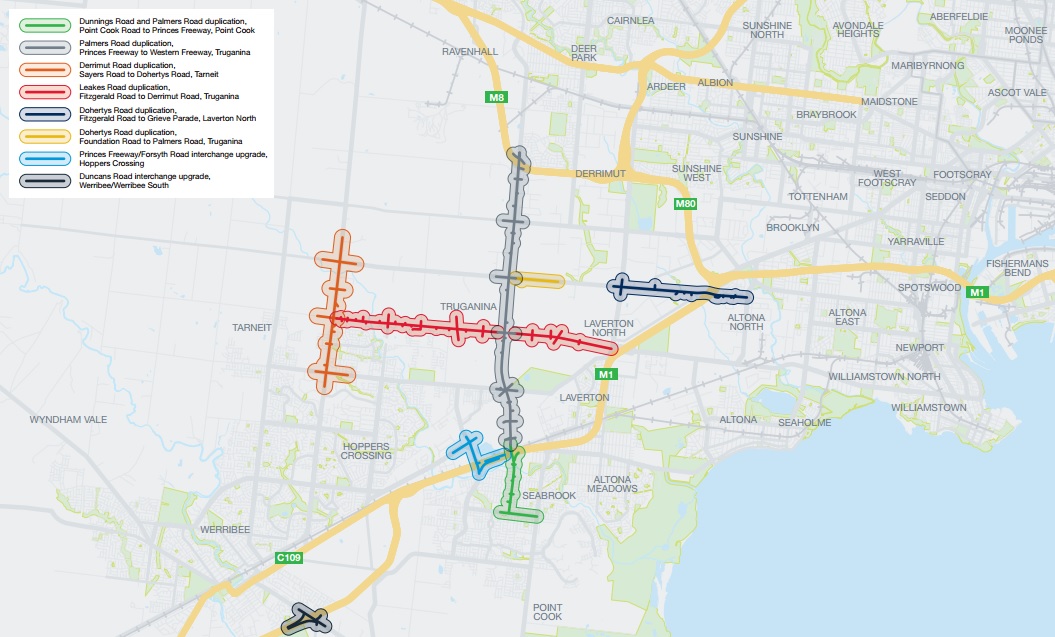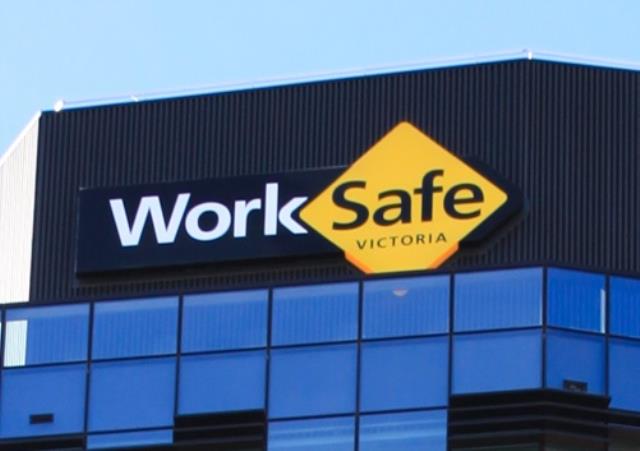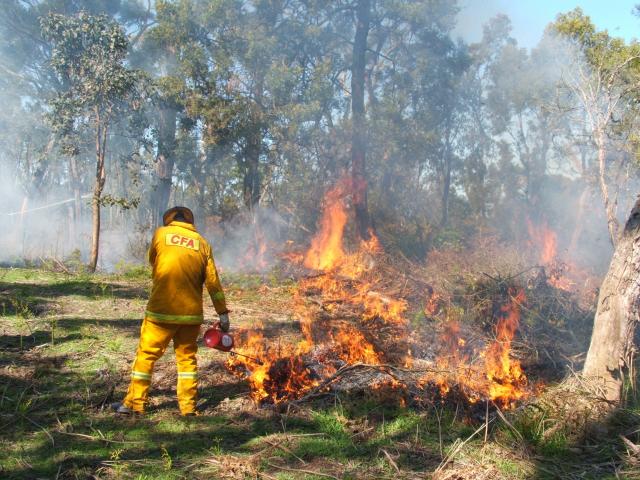Discrepancies in road usage data have fuelled fears Wyndham’s major roads will still be clogged after its $1.8 billion upgrade is complete.
An interactive map on the VicRoads’ website shows much lower traffic volumes on the seven Wyndham roads set for duplication and widening works compared to Wyndham council’s most recent major roads report.
VicRoads states that 28,000 vehicles use the Princes Freeway/Forsyth Road interchange daily, but council’s 2015 traffic volumes survey cited 37,520 cars a day using the intersection.
Concerns are particularly focused on the Forsyth Road upgrade to a four-lane overpass.
The capacity point for a four-lane road is set at between 35,000 and 40,000 vehicles a day, meaning the interchange will still be overloaded after its upgrade.
Point Cook’s John Frost, who has lobbied for years to see the Forsyth Road interchange upgraded, wants the overpass to be expanded to six lanes.
“I’m rapt that it’s going to be duplicated, but can see it’s going to be over capacity the day it opens,” he said.
“We’ve got one shot at it with this money.
“If we don’t get it right now, we’re opening up all these new suburbs that will go through these roads.”
There were also inconsistencies between VicRoads and council data concerning Leakes and Palmers roads.
Wyndham council city economy director Kate Roffey said the council stood by its data.
She said the council will be contacting VicRoads to notify them of the discrepancies between the traffic volume figures.
However, Ms Roffey said there was not enough land surrounding Forsyth Road to enable it to be widened to six lanes.
VicRoads’ director of transport and planning for metro north west, David Teague, said VicRoads had conducted traffic counts in the area late last year as part of planning for the road upgrades.
“While our counts are consistent with data released by the City of Wyndham, there are instances where we have collected additional data at different points and on different days,” Mr Teague said.
Werribee MP Tim Pallas said the $1.8 billion investment would “cut travel times, increase safety and make sure people have more choices closer to where they live”.







